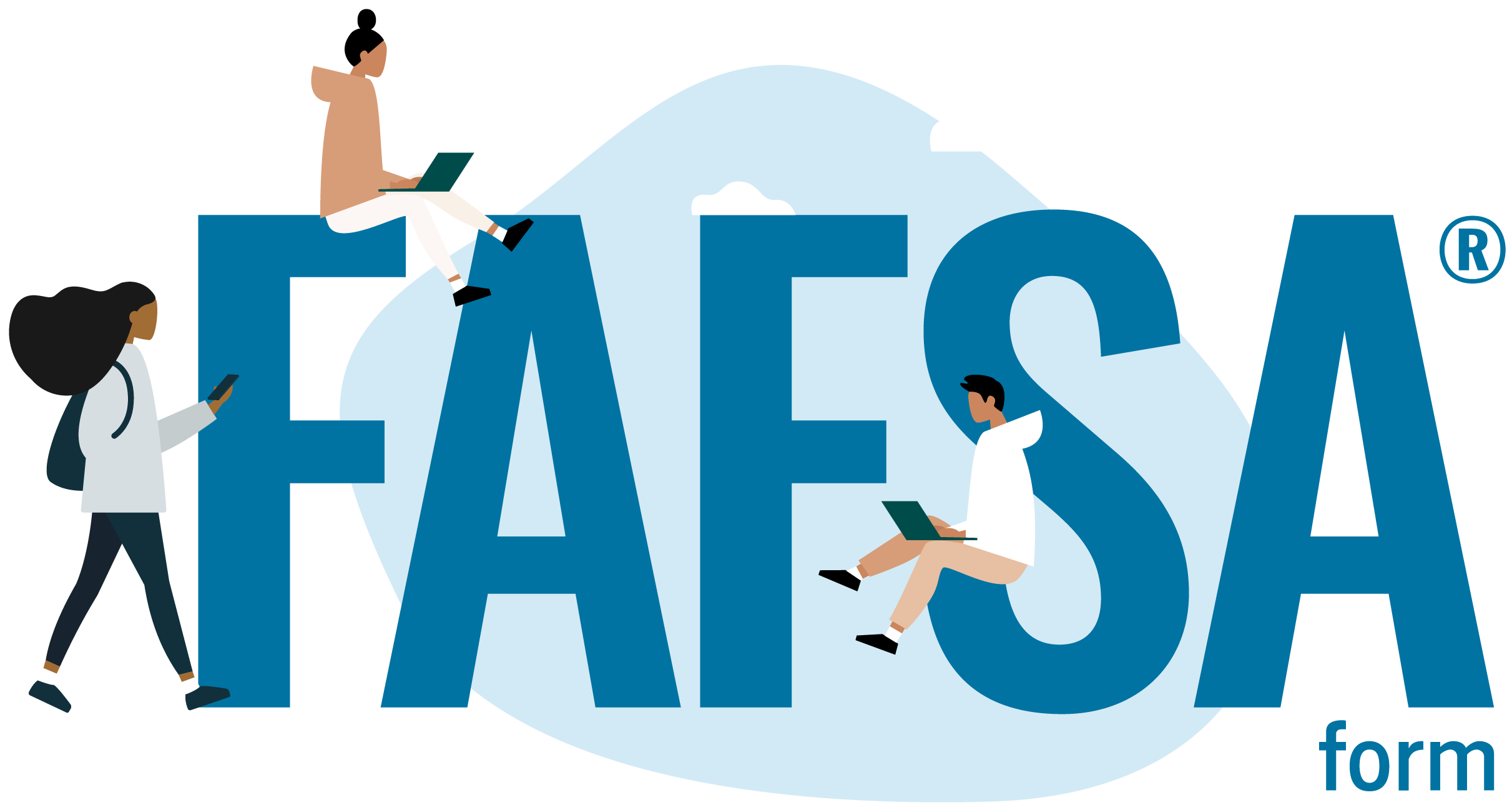1.1 Preamble
In 1996, governors and the federal government agreed to end individual entitlement to cash assistance, replacing it with federal funding for state block grants for Temporary Assistance for Needy Families (TANF). TANF marked an historic shift in social policy by devolving to states and territories the authority to develop and implement innovative approaches to welfare reform that would better serve poor families and help individuals move from cash assistance and to stable employment.
Since that time, governors have made tremendous strides in transforming welfare into a comprehensive, employment focused safety-net with emphasis on training, work placement and job retention. Yet, much work remains. The economic recovery has not been as robust as desired. Poverty is on the rise and too many families are in need. As Congress acts to reauthorize TANF, the nation’s governors recommend the following guiding principles.
1.2 Guiding Health Care Principles
- Restore and strengthen state flexibilities over federal funding and eligibility to allow for continued innovations and efficiencies in service delivery.
- Eliminate unnecessary, costly and process-oriented federal regulations.
- Maintain the contingency fund, make it more timely and responsive to economic downturns.
- Work with states to develop performance outcomes that more fully measure the impacts of TANF for families in need.
- Establish bonuses for states rather than penalties to encourage and reward continued innovative approaches and reforms.
- Congressional requirements should be enforceable and state implementation costs should not exceed expected benefits.
- Support more of a two-sided approach to family support by allowing TANF funds to also be used for the non-custodial parent, case management, training and employment.
Time limited (effective Winter Meeting 2017 – Winter Meeting 2019).
Adopted Winter Meeting 2017.












